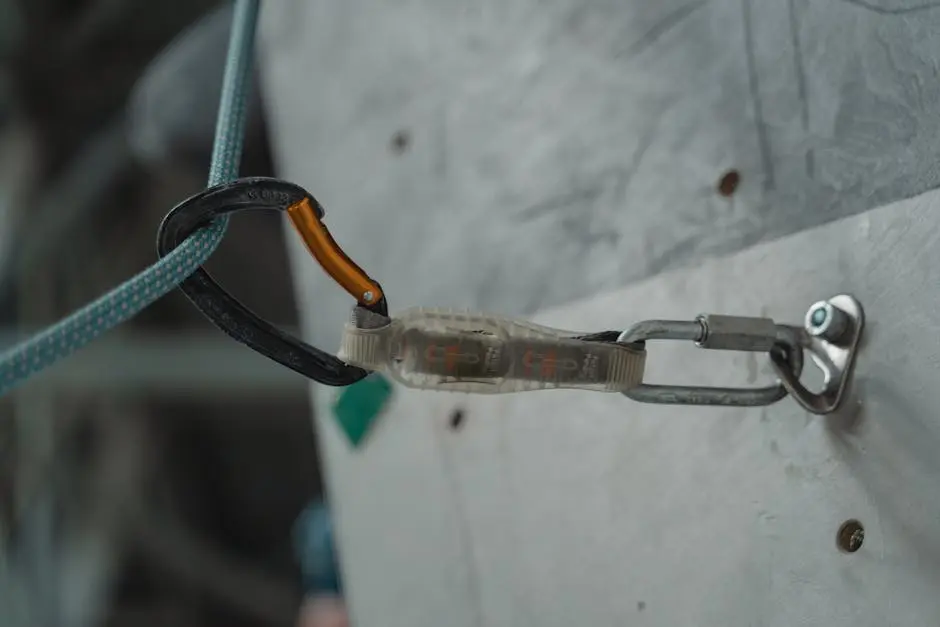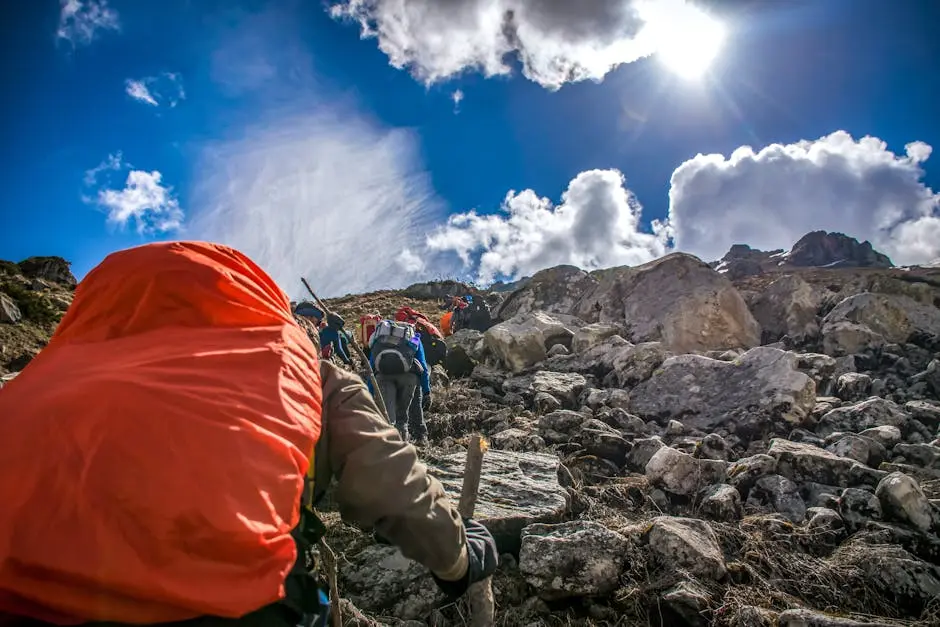Heading out on a rock climbing trip can be an exhilarating adventure, but knowing what to pack is crucial for a safe and enjoyable experience. Let’s break down the essentials you should bring along!
Understanding the Basics of Rock Climbing Gear
Before setting out, it’s important to familiarize yourself with the basic climbing gear required for a safe trip. At the heart of this adventure, safety comes first. You might ask, ‘What exactly constitutes as basic gear?’ Well, it includes everything from climbing helmets to ensure your head is protected, to harnesses which are crucial for securing your body during the climb. Understanding each piece of equipment and its importance cannot be overstated.
Another critical aspect of climbing gear is the variety of climbing articles available that provide insights into choosing the right equipment for your expedition. Whether you are an experienced climber or just starting out, these resources help you understand the varying degrees of gear needed for different climbing terrains and weather conditions.
Essential Climbing Equipment Checklist
Learn about the must-have equipment like harnesses, helmets, and carabiners that are essential for any rock climbing excursion. Each item in your climbing arsenal plays a specific role. For instance, the harness is what keeps you attached to the rope system, while carabiners, those handy metal loops, are pivotal in belaying and clipping yourself to safety points. For a Sport Climbing Checklist, visit REI’s site.
Equally important is the climbing rope. A dynamic rope is typically favored for rock climbing due to its elasticity, which absorbs the impact of a fall more gracefully than its static counterpart, reducing the potential for injury. Ensure your climbing rope is an adequate length for your route.
For climbers aspiring to refine their techniques or improve safety, consulting with climbing experts or even experienced guides from reputable institutions, as those mentioned in this collection of climbing articles, can offer valuable guidance and tips on obtaining the correct gear.
Appropriate Clothing and Footwear
Wear the right clothes and shoes to ensure comfort and safety while climbing. Climbers often prefer moisture-wicking materials that keep sweat away from the body, and clothing that allows for a wide range of movement.
Footwear choice is perhaps one of the most critical decisions you’ll make. Climbing shoes, which are designed with special rubber soles, provide the necessary grip on both indoor and outdoor rock climbing surfaces. They should fit snugly yet comfortably without causing pain, enabling precise footwork and balance.
If unsure about what attire best suits your climbing aspirations, consider exploring recommendations and experiences shared by seasoned climbers through various climbing articles. Any store that sells climbing equipment, such as REI or Scheels, should be able to help with your clothing and shoe questions.
Safety Gear You Shouldn’t Forget
Stay safe with these essential bits of safety gear that you need to have on hand, like belay devices and slings. The belay device is crucial for managing the rope in a controlled manner and helping stop a fall. Alongside carabiners, slings are also important, as they can be employed for attaching yourself to anchors or extending your reach on climbs.
Don’t overlook additional protection in the form of spring-loaded camming devices or stoppers, especially if you plan on tackling more traditional climbs. These items can be placed into crevices in the rock, acting as safety points should you fall. Before attempting a trad climb, make sure you are familiar with how these devices work and when to use them. Consider climbing with a guide another experienced climber.
Additional Items to Enhance Your Climbing Experience
Don’t forget some additional items that can make your climbing experience even better, such as snacks, water, and a first-aid kit. While the physical exertion of climbing is well-known, what can often be underestimated is the importance of maintaining energy levels with high-protein snacks and staying hydrated.
A sensible first-aid kit for the mountains is indispensable. It’s vital to be prepared for minor injuries or mishaps by having wound closures, disinfectants, and bandages readily available in your kit.
Packing Tips for a Rock Climbing Tour
Learn how to efficiently pack your gear and essentials for ease and accessibility during your rock climbing tour. The secret lies in organizing your pack so that heavier items sit at the bottom, closer to your back. This balances the weight distribution and reduces strain.
Consider gear checks before departure. Identify essential gear and make a checklist, ensuring nothing is left behind accidentally. This simple yet often overlooked step ensures a smooth start to your adventure and can prevent pesky last-minute scrambles.
Final Thoughts on Packing for Rock Climbing Tours
Ensuring you have all the necessary gear and essentials will make your rock climbing tour both fun and safe. Preparation is key to enjoying the climb and the breathtaking views. Happy climbing!
















